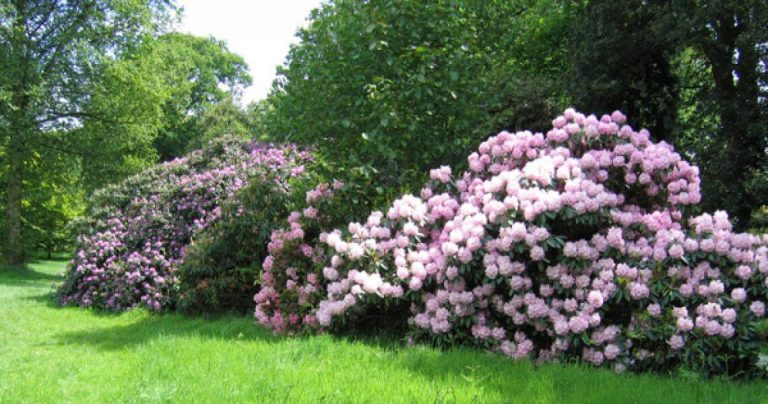
 Knotweed News
Knotweed News
Oh the times they are a changing….
Author: Mike Clough
Date Posted: Tuesday 12th July 2016

0161 723 2000
8AM to 5PM

Author: Mike Clough
Date Posted: Tuesday 12th July 2016

Excerpts from Flora of Cheshire – published 1970.
‘All the records in the Flora have been made during the period 1964 to 1969, and the older data are not given, except in special circumstances. What we have now is the flora as we see it today, recorded carefully and accurately …the habitat data as well as localities are given and this is most valuable…it is sad to note that some of the interesting species of former times such as the winter greens (Pyrola species) are now extinct but it is encouraging to see decorative invaders from abroad such as the Indian balsam (Impatiens glandulifera) which is not even mentioned in de Tableys flora …are now well established.’
‘Encouraging to see’ …hmmmm…I’m not so sure many people would agree with this comment – made by D.H.Valentine – how times have changed.
What is amazing with these type of books is the level of detail that they go into. The object of the ‘Flora of Cheshire’ was to present a snapshot of the Cheshire ground cover in 1964-69 – surveyed in detail on a 5 X 5 kilometre square basis – even making particular reference to Wythenshawe.
Now I’m pretty sure that not many people nowadays would want to visit Wythenshawe to carry out a vegetation survey*??
(*Maybe…some sort of weapons survey ….along the lines of …’have you got a gun or a knife ??’ …. ‘No ….well… here’s one of each just in case you need them…’)
The book goes through ‘gains and losses’ of species between 1875 and 1969 noting that species which show least change are those whose habitats for a variety of reasons have suffered least interference, these include woodland, grassland scrub and marsh. The book notes that woodlands in the county have not increased but are ‘rigorously preserved’ – with distribution very similar to a century ago.
Analysis of the species that have become extinct shows a close correlation between species which were then local and rare and sensitive habitats where change in environment has rendered the terrain inhospitable.
The text notes that many ‘rare’ and ‘exotic’ species colonising areas formed as a result of human activity. Notes refer to Langley reservoirs near Macclesfield with other species at Bolsley reservoir and orchids appearing on the lime waste beds of central Cheshire.
Questions are asked in the book as to whether ‘strand loving’ plants were brought in by water fowl before they became extinct? Was certain seed blown from Anglesey or the Lancashire dunes??
As far as additions to the flora are concerned, some of these originated from ballast and a few have become locally established in the Wirral. Rhododendron Ponticum is referenced and is quoted as ‘spreading rapidly’ from ‘original plantings in woodland on sandy or peaty soils’.
Railway ballast is also noted as being particularly favoured by certain species with ‘abandoned track beds’ providing suitable ground for the inland spread of plants which require… ‘dry open ground to survive’.
The spread of aquatic invasive species is put at the door of the declining use of canals as transport systems. When they were actively commercially used the canals had to be cleared of vegetation and the routes kept open by regular maintenance – without which the aquatics have spread rapidly.
Reference is also made within the text to the more exotic plants with Heracleum mantegazzianum (Giant hogweed) spreading along the Manchester Ship Canal and the lower Bollin whilst ‘Impatiens’ (balsam) is well entrenched in Arnold loop of the Mersey’.
So whilst the book may be over 45 years old – many of the questions that it asks are just as pertinent today.
The language may have changed slightly but the amount of information contained within this book is incredible –
Mike C